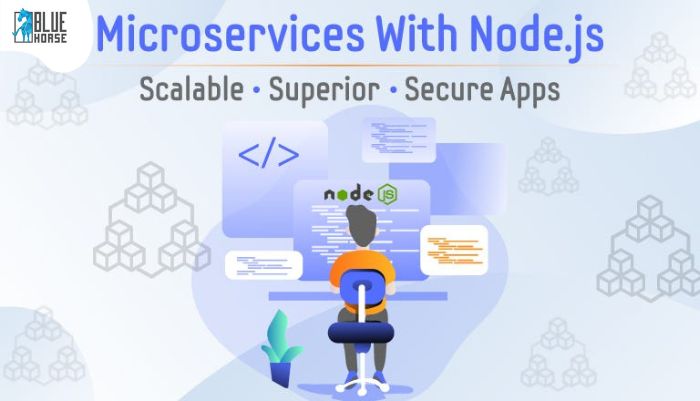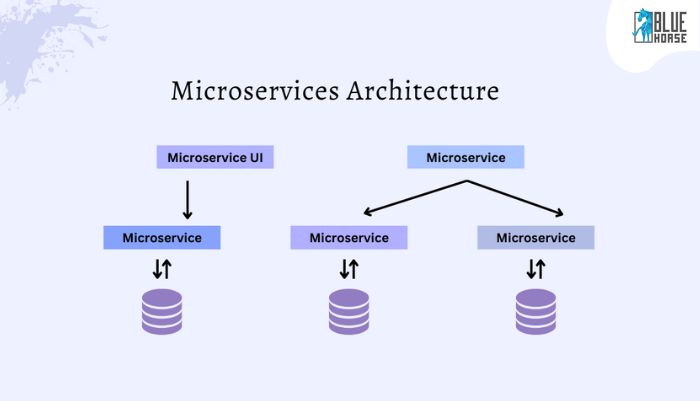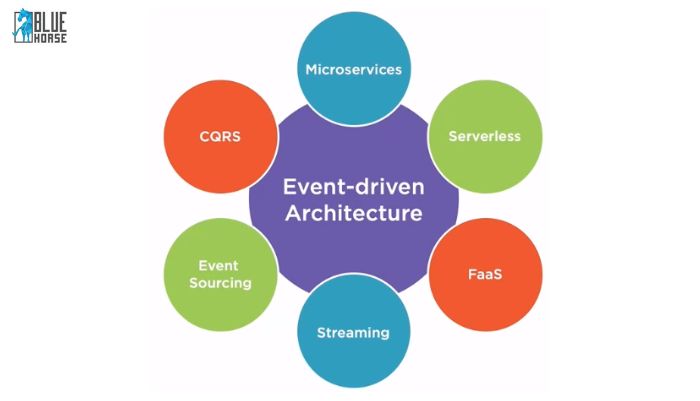Mastering Microservices with Node.js: Best Practices for Scalable and Resilient Architecture

Microservices architecture has gained widespread popularity as a powerful approach for developing and maintaining complex applications. This method involves breaking down a monolithic application into smaller, independent services that can be developed, deployed, and scaled individually. In this comprehensive guide, we will delve into the world of microservices, focusing on how to create microservices using Node.js, a renowned JavaScript runtime, while implementing the best practices for building scalable and resilient microservices.
Understanding Microservices Architecture
The approach of microservices architecture has brought a transformative impact to the realm of application design and development. This approach involves breaking down a monolithic application into smaller, independent services. Each of these microservices is assigned a specific task, making it easier to manage and scale individual components.

The Power of Microservices:
- Microservices architecture provides enhanced flexibility, scalability, and maintainability compared to traditional monolithic applications.
- Decomposing your software into microservices enables you to adapt to evolving market demands and streamline the development process.
Communication Between Microservices
Efficient communication between microservices is vital for a well-functioning architecture. You have various options for inter-service communication, such as GraphQL, RESTful APIs, and messaging platforms like RabbitMQ or Kafka. The decision largely relies on the particular needs and demands of your project.
Choosing the Right Communication Method:
- Selecting the most appropriate communication method for your microservices is crucial.
- We will explore the benefits and use cases of GraphQL, RESTful APIs, and message brokers, enabling you to make informed decisions.
- Choose the most suitable data storage solution for each microservice, considering the specific requirements.
- Options include in-memory storage, NoSQL databases like MongoDB, or relational databases like MySQL.
- Ensure that each microservice maintains data independence to prevent data bottlenecks.
- Implement data encryption and security measures to protect sensitive information.
- Use distributed databases or caching mechanisms to enhance data availability and resilience.
- Regularly monitor and optimize data storage to ensure efficient performance. Consider data backup and disaster recovery strategies for data resilience.
Microservices Data Storage
Selecting the appropriate data storage solution for each microservice is a crucial decision. You can choose from options like in-memory storage, NoSQL databases like MongoDB, or relational databases like MySQL. Maintaining data independence for each microservice is essential to prevent data bottlenecks.

Microservices Authentication and Authorization
Security is paramount in microservices architecture. Implementing robust authentication and authorization mechanisms ensures that only authorized services can access specific endpoints, safeguarding your system from potential threats.
Ensure the security of your microservices architecture by implementing robust authentication and authorization mechanisms. These mechanisms guarantee that only authorized services can access specific endpoints, safeguarding your system from potential threats. Utilize techniques like OAuth, JWT, or API keys to authenticate services. Implement role-based access control (RBAC) to manage authorization. Regularly audit and update access permissions to maintain security.
Event-Driven Microservices

Event-driven microservices play a crucial role in modern application development. We will discuss how to leverage Node.js for building event-driven microservices and their advantages in a microservices architecture. In conclusion, creating microservices with Node.js offers a world of opportunities, including flexibility, scalability, and maintainability. To ensure that your microservices meet the requirements of your application, it's essential to adhere to best practices, stay updated with the latest advancements, and continually refine your architecture.
Remember that the key to a successful microservices design lies in preserving the independence of each service while guaranteeing efficient communication and scalability throughout the system. Embrace the power of microservices, and you'll unlock a world of possibilities for your application development.





















Comments